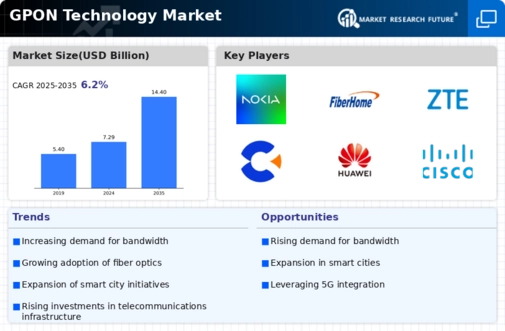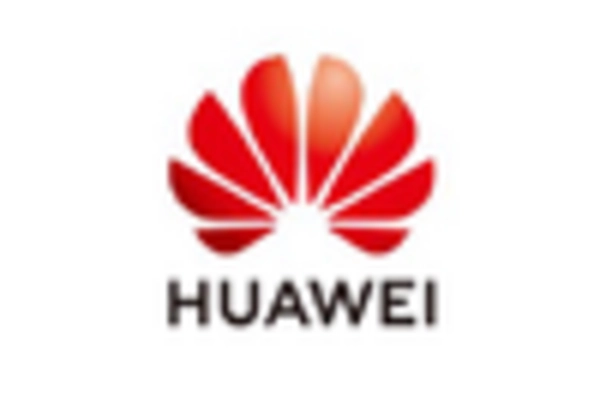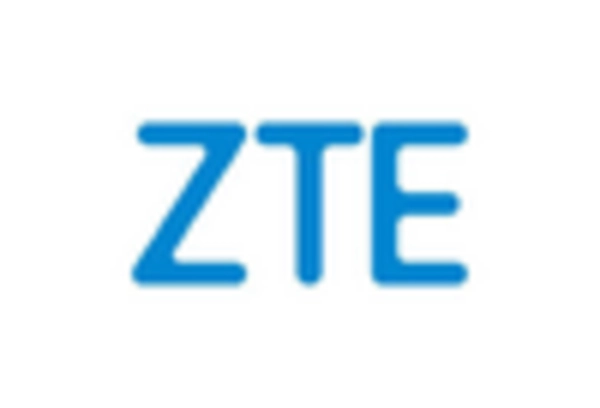Market Trends
Key Emerging Trends in the GPON Technology Market
The Gigabit Passive Optical Network (GPON) technology market is witnessing significant growth, and companies within this domain are strategically positioning themselves to capture market share. One primary strategy revolves around the scalability and efficiency offered by GPON networks. Companies that emphasize the scalability of their GPON solutions position themselves favorably by catering to the evolving needs of network operators. Scalability enables any network powered with GPON to meet growing data needs, thus these architectures can be applied anywhere, from households to senior businesses. This strategy, in turn, makes the market to demand the solutions which are both flexible and modern communications tools and thus companies are able to outrun their competitors.
Additionally, the introduction of the 5G technology and the Internet of Things (LoT) is one of the major factors regarding the market share positioning strategy for the GPON technology market. Concerning companies that have the ability of generating smart cities, connected homes, and industrial solutions with a GPON 5G infrastructure that works well and IoT devices, they create a comprehensive solution utilized where these requirements are met. Such a tactic positions companies as activators of modern connections, which is a very appealing proposition for solution providers and organizations interested in recent, powerful technologies. The alignment of GPON, 5G, and IoT creates the basis of the common system allowing enterprises to seize the bigger share of the market.
Tending to get their market share within GPON technology is on account of build up of QoS and reliability. Feature of QoS guarantees a normal and perfect user experience, this prolongs to make GPON solutions perfect to be additional features to service providers and end-users. By doing this, the company ensures that it is the top-tier supplier of reliable and consistent connectivity solutions in a market hinging on reliability.
Persistent strategic techniques like GPON fiber network augmentation and infrastructure development are unavoidable while competitively positioning the market share in the GPON technology market. Left Companies that lead the way in the field of developing fiber-optic networks and constructing a strong and efficient GPON infrastructure become the stakeholders of the international connectivity area. The reach and coverage of GPON networks are critical factors influencing market share, and companies that contribute to the widespread availability of high-speed broadband services strengthen their market position. This strategy aligns with the increasing demand for reliable and high-bandwidth connectivity in both urban and rural areas.

















Leave a Comment